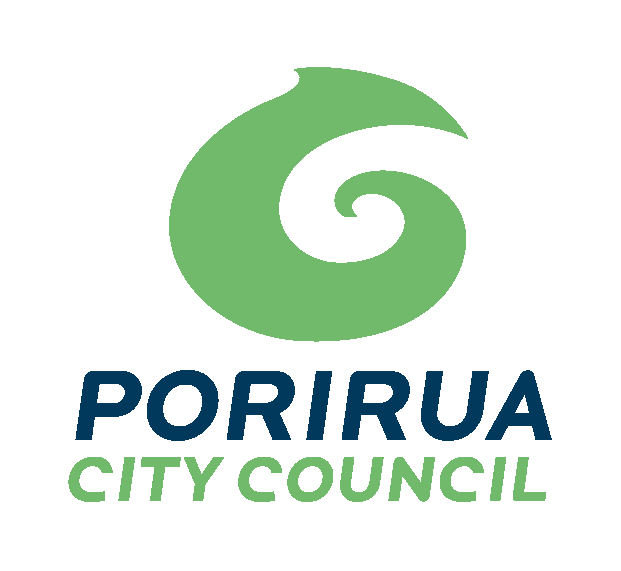Leading locally
Competent
The Council vision is specific, ambitious, and articulated in a way that strikes a chord with their community. There is cohesive political and executive leadership, which recognises the need for ongoing improvement in the Council planning and reporting documents.
The vision and strategic priorities set by the Council demonstrate a strong understanding of their diverse community, their needs and expectations, and the challenges of meeting them. The Council also recognises that Porirua has unique features, but not unique issues.
At the core, strong financial management and effective planning of their land and infrastructure needs will be the key activities that influence successful outcomes for the city. However, Porirua has the lowest number of rateable units relative to resident population in New Zealand and the highest dependence on rates as income. Accordingly, in order for its vision to be realised, stronger and more tangible links are needed between that vision and the day-to-day activities which ratepayers fund.
Investing money well
Better than competent
The Council is cost-conscious, and has a solid understanding of its financial issues. There is, however, room for improvement in the transparency of the financial reporting and how it goes about assessing the trade-offs between value and cost.
Porirua has some distinctive financial challenges, and in general, the Council is doing a good job of both managing them and communicating what it is doing and why to its community.
It does not, however, meet all of the required standards for councils, with the benchmarks for rates income affordability, rates increase affordability, and capital expenditure on essential services were missed in recent years. Operationally, the Council has a sound financial team who manages and reports their finances well.
There is an underlying tension between the Council’s vision and the issue of rates affordability which needs to be better tested. The inherent limitations of Porirua’s rating base are self-evident, but it does not follow that there are not more ambitious, albeit contentious, financial strategies for managing costs.
Delivering what’s important
Variable
The new executive has refreshed the Council’s service ethic, but faces numerous challenges. In particular, they need to establish robust business cases and project management disciplines for capital expenditure, and demonstrate value for money of current services through objective performance measures.
The Council is embarking on a significant programme of improvement and change. There is obvious improvement in service culture over the past one-two years. It has created a level of energy and commitment to the Council which appears to have been lacking in the past.
However, value for money is questioned – at least by the community. Stronger business case discipline needs to be established and projects need to be rigorously managed across the organisation. The establishment of a Project Management Office is an effective step forward in this regard.
There is considerable work to be done in asset planning and management. While NZ Transport Agency and Wellington Water provide the Council with complementary capability in three waters and roading, management of the Council property portfolio presents a significant risk.
The Council primarily focuses on core services, but it also spends $4.8 million on economic development, community development and youth development. This is a significant (approximately nine per cent) portion of the overall Council budget for activities that could be considered more discretionary than investment in critical infrastructure. If such expenditure is to be justified, then it requires considerably more rigorous measures for the quality of that expenditure and its impact on the Council’s community outcomes.
Listening and responding
Performing well
Elected members and staff have set high standards for communication and community engagement. The recently elected Mayor and councillors will need to reaffirm these discussions with the community in order to set the future direction of the city.
Porirua City is a demographically and ethnically diverse community, which necessarily demands a wide-ranging strategy for both the manner of engagement and the content of messages communicated.
With affordability issues being uppermost in the minds of many of the residents of Porirua, the Council faces a particular communication challenge in reconciling the messages that they need to deliver, and those that the community is receptive to. The Council can successfully point to numerous channels with which they endeavour to keep their community informed, but cannot point to a high level of engagement with those messages.


